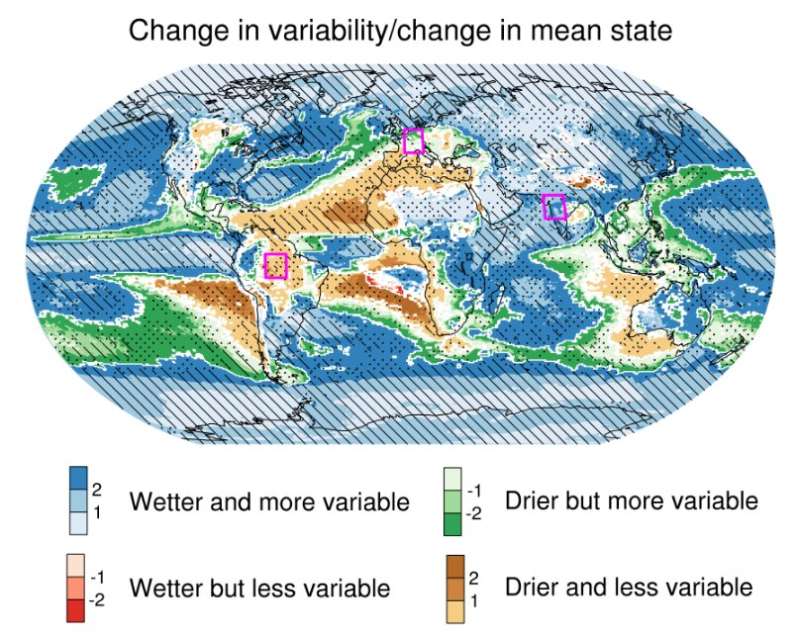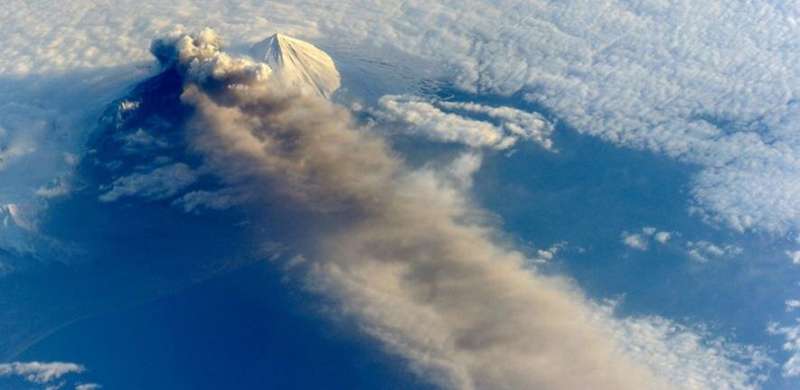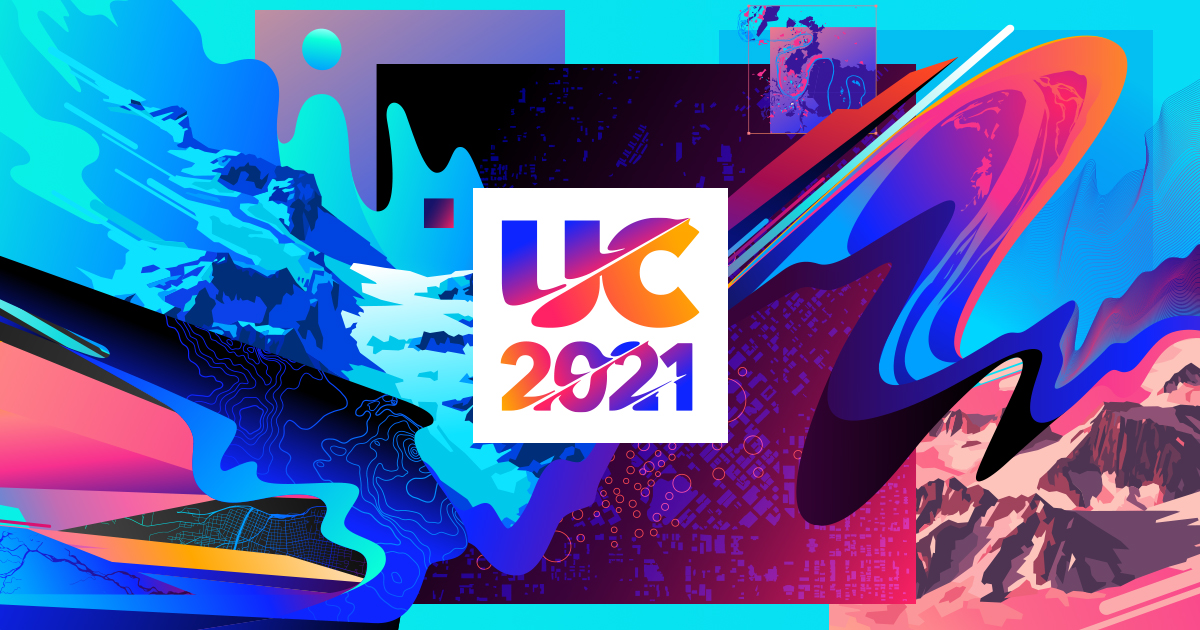- 0 replies
- 1,334 views
- Add Reply
- 0 replies
- 1,261 views
- Add Reply
- 0 replies
- 1,551 views
- Add Reply
- 1 reply
- 2,053 views
- Add Reply
- 0 replies
- 1,151 views
- Add Reply
Rainfall becomes increasingly variable as climate warms

By Lurker,


Classification of precipitation change regimes based on changes in the precipitation mean state and variability. Shading indicates the ratio of change in precipitation variability and mean precipitation.
Climate models predict that rainfall variability over wet regions globally will be greatly enhanced by global warming, causing wide swings between dry and wet conditions, according to a joint study by the Institute of Atmospheric Physics (IAP) of the Chinese Academy of Science
Earth's interior is swallowing up more carbon than thought

By Lurker,


Scientists from Cambridge University and NTU Singapore have found that slow-motion collisions of tectonic plates drag more carbon into Earth's interior than previously thought.
They found that the carbon drawn into Earth's interior at subduction zones—where tectonic plates collide and dive into Earth's interior—tends to stay locked away at depth, rather than resurfacing in the form of volcanic emissions.
Their findings, published in Nature Communications, suggest that only about a thir
Honeywell debuts MEMS sensor to help small sats navigate

By Lurker,


Honeywell has unveiled a new rate sensor to help small satellites navigate increasingly crowded orbits above the Earth’s surface. The new micro-electro-mechanical system (MEMS)-based product provides low cost and power consumption in a smaller size than previous Honeywell offerings, while maintaining high performance levels. It is suitable for customers building smaller and lower-cost satellites, according to Honeywell.
Honeywell’s HG4934 space rate sensor is roughly the same size and weigh
Esri UC 2021: What's new and what's not

By rahmansunbeam,


The all-virtual Esri User Conference 2021 just dropped the curtain after a four-day event. Here's whats new.
Everything new explained by Jack Dangermond.
ArcGIS Image is a software for remote sensing over cloud.
ArcGIS Velocity gets real-time data visualization maps.
ArcGIS Enterprise installation using Kubernetes.
More experiments with field survey. 😑
More integrated BIM for ArcGIS.
Maps SDK
UN confirms 18.3C record on temperature in Antarctica

By Lurker,


The United Nations on Thursday recognised a new record high temperature for the Antarctic continent, confirming a reading of 18.3 degrees Celsius (64.9 degrees Fahrenheit) made last year.
The record heat was reached at Argentina's Esperanza research station on the Antarctic Peninsula on February 6, 2020, the UN's World Meteorological Organization said.
"Verification of this maximum temperature record is important because it helps us to build up a picture of the weather and climate in o
-
Forum Statistics
8.8k
Total Topics43.5k
Total Posts



